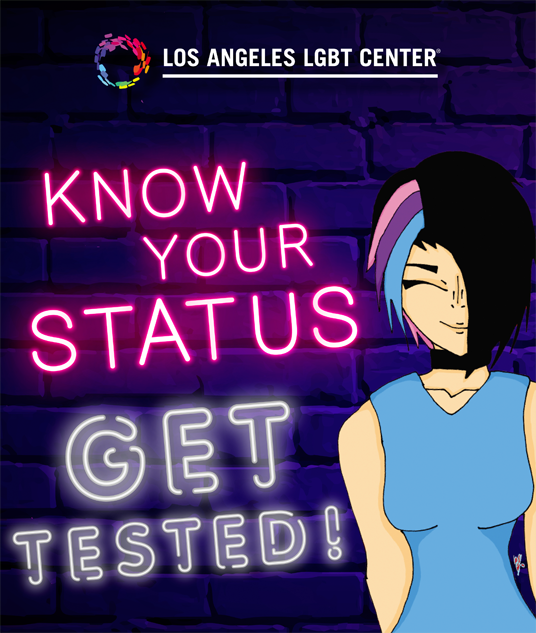Here’s what you need to know about HIV, STDs and Safe Sex Prevention.
Quick Statistics
- Half of all new STDs reported each year are among young people 15 to 24.
- Nearly 46 percent of sexually active high school students did not use a condom the last time they had sex.
- Less than 10% of high school students have ever been tested for HIV.
- 21% of all new HIV diagnoses were among young people (aged 13-24) in 2018; 88% were young men and 12% were young women.
- Half of the 20 million new STDs reported each year were among young people (aged 15 to 24)
Source: National Youth Risk Behavior Survey, 2019
https://www.cdc.gov/healthyyouth/sexualbehaviors/index.htm
What is HIV?
- HIV (human immunodeficiency virus) is a virus that attacks the body’s immune system. If HIV is not treated, it can lead to AIDS (acquired immunodeficiency syndrome). There is currently no effective cure. Once people get HIV, they have it for life, but with proper medical care, HIV can be controlled. People with HIV who get effective HIV treatment can live long, healthy lives and protect their partners.
Undetectable=Untransmittable
- This indicates that if a person with HIV who is on HIV medication (antiretroviral therapy, or ART) with a consistently undetectable HIV viral load, the virus cannot be transmitted to a sex partner. This is important for both your personal health and to prevent HIV transmission.
STD and STI
- Sexually Transmitted Diseases Sexually transmitted diseases (STDs), or sexually transmitted infections (STIs), are infections that are passed from one person to another through sexual contact. The contact is usually vaginal, oral, and anal sex.
Let’s talk PrEP and Pep!
- PrEP is a prevention method used by people who are HIV-negative and at high risk for being exposed to HIV through sexual contact or injection drug use. When someone is exposed to HIV through sex or injection drug use, these medicines can work to keep the virus from establishing an infection.
- The once-daily pill reduces the risk of getting HIV from sex by more than 90%. Among people who inject drugs, it reduces the risk by more than 70%.
- PEP refers to the use of antiretroviral drugs for people who are HIV-negative after a single high-risk exposure to stop HIV infection. PEP must be started as soon as possible to be effective – always within 72 hours of a possible exposure – and continued for 4 weeks.
For more information and services contact the Los Angeles LGBT Center’s PrEP Navigator at (323) 993-8990.
